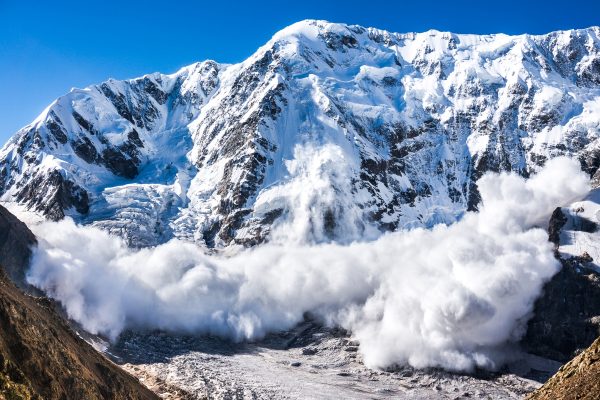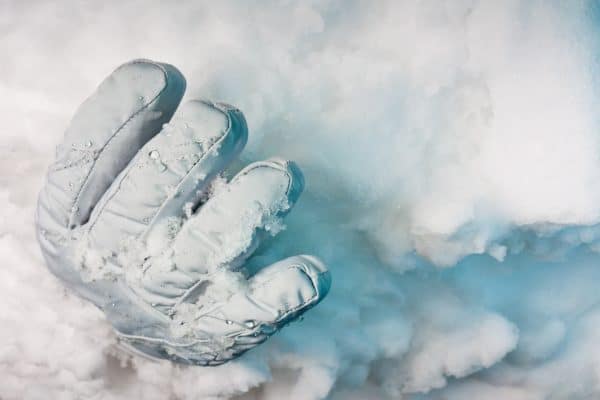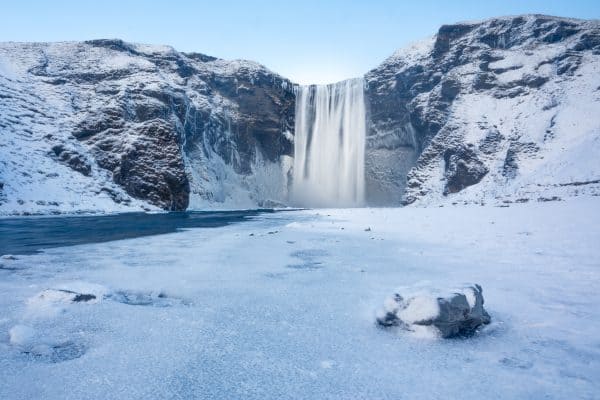Imagine biting into a frozen pizza straight out of the oven, only to find that the crust is soggy, and the cheese is rubbery.
Or maybe you've defrosted a batch of homemade lasagna, only to discover that the noodles have turned to mush, and the sauce is watery.
We've all been there - the disappointment of food that's lost its texture and taste after being frozen and thawed.
But have you ever stopped to wonder why this happens? In this article, we'll dive into the science behind freezing and thawing food and explore ways to preserve the texture and taste of your favorite meals.
From tip and tricks for properly storing food in the freezer to the best methods for defrosting, we'll take a closer look at the effects of freezing and thawing on the texture and taste of food.
The effects of freezing on food texture
Freezing can cause changes in the texture of food by altering the structure of water molecules in the food.
NOTE: WE MAY GET A COMMISSION IF YOU DECIDE TO MAKE A PURCHASE THROUGH THESE LINKS. THERE'S ADDITIONAL NO COST TO YOU. CHECK THE BOTTOM OF THE PAGE FOR MORE INFORMATION.
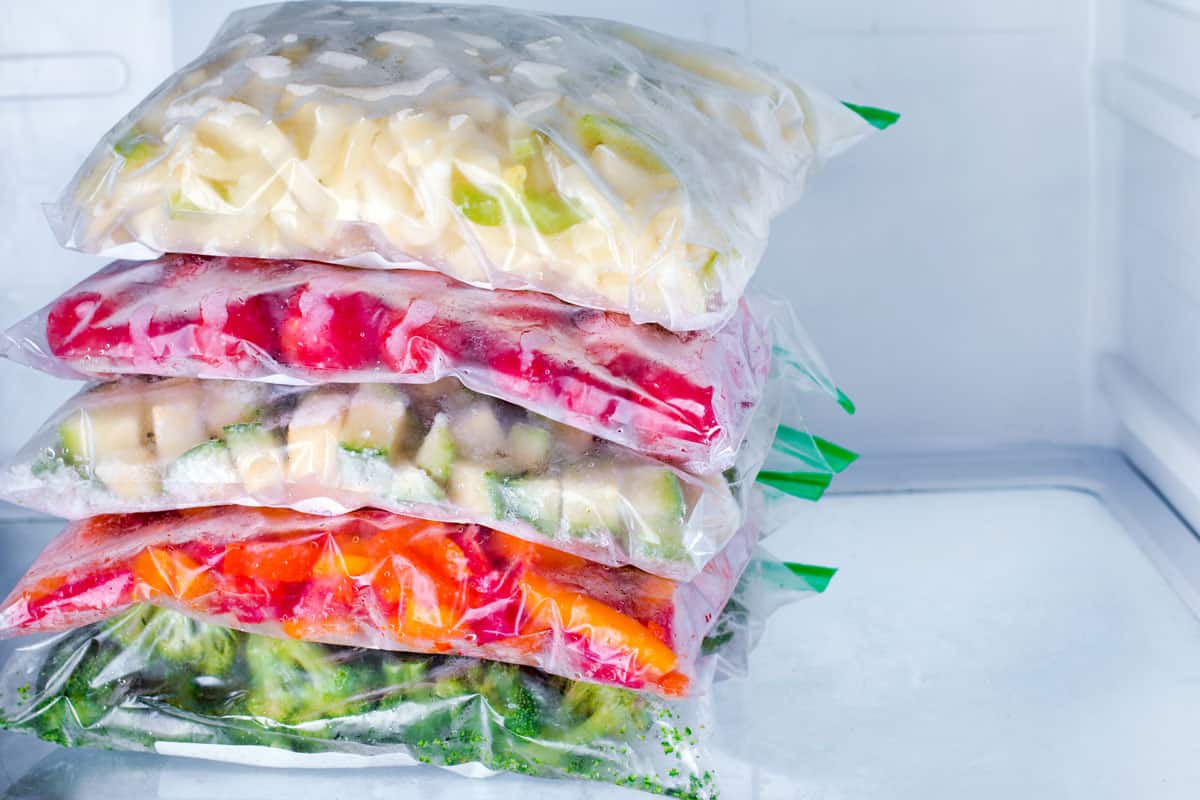
When food is frozen, the water in the food expands and forms ice crystals. These ice crystals can damage the cell walls of the food, altering its texture.
How freezing affects the structure of food
Foods that are high in water content, such as fruits and vegetables, are more susceptible to texture changes caused by freezing.
Foods that are low in water content, such as meat and bread, are less susceptible to texture changes caused by freezing.
Which foods are most susceptible to texture changes
Foods that are most affected by freezing:
- Fruits: Berries, peaches, and bananas
- Vegetables: Lettuce, cucumbers, and celery
- Dairy products: Milk, cream and sour cream
- Baked goods: cakes, bread, and pastries
Freezing can also cause changes in the texture of foods by altering the starch, protein and enzyme in the food.
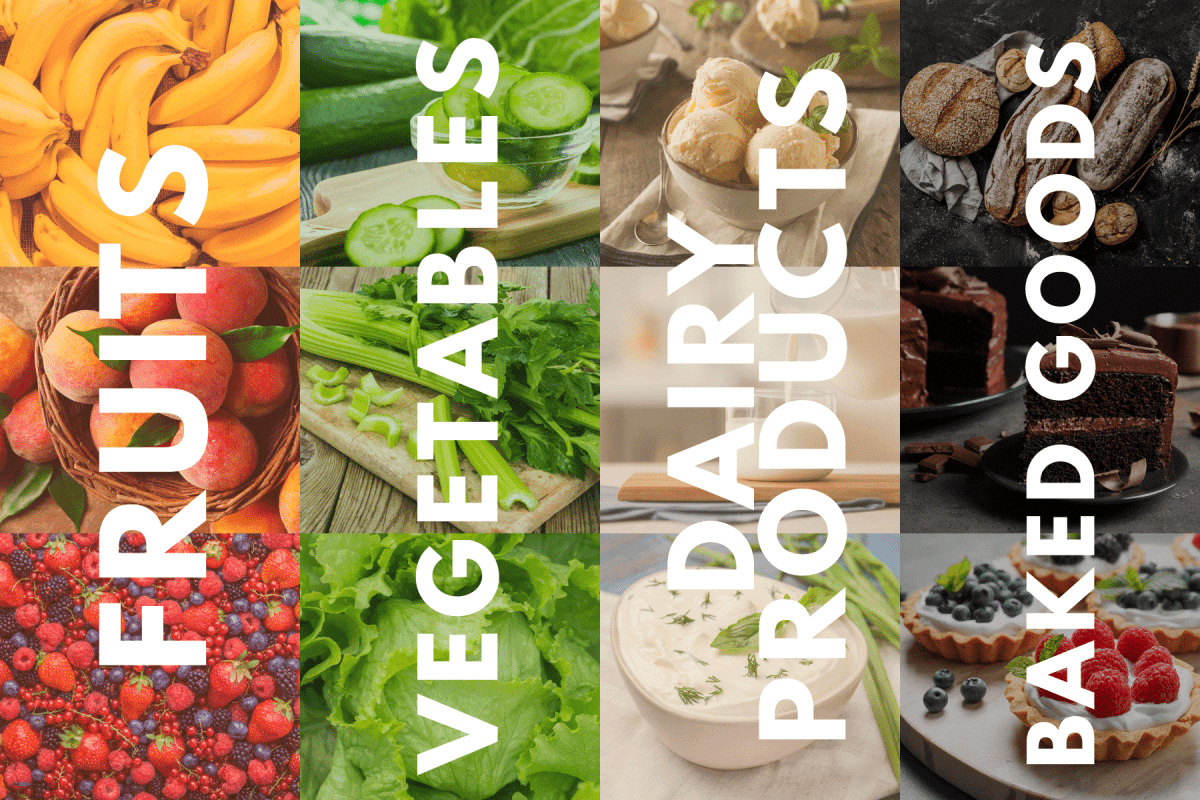
These changes can cause the food to become mushy, rubbery or grainy.
To minimize these effects, it is important to cool the food before freezing and to use vacuum sealing or airtight packaging to protect the food from ice crystal formation.
The effects of freezing on food taste
Freezing can cause changes in the taste of food by altering the flavor compounds in the food.
When food is frozen, the enzymes and microorganisms in the food can continue to break down the food, altering its flavor.
How freezing affects the flavor of food
Foods that are high in moisture and enzymes, such as fruits and vegetables, are more susceptible to taste changes caused by freezing.
Foods that are low in moisture and enzymes, such as meats and grains, are less susceptible to taste changes caused by freezing.
Which foods are most susceptible to taste changes
Foods that are most affected by freezing in terms of taste:
- Fruits: Berries, peaches and bananas
- Vegetables: Spinach, bell peppers and onions
- Dairy products: Milk and cheese
- Baked goods: Cakes and pastries
Freezing can also cause changes in the taste of food by altering the texture as discussed before, which can affect the taste experience, such as making it mushy or rubbery.
To minimize these effects, it is important to cool the food before freezing and to use vacuum sealing or airtight packaging to protect the food from freezer burn.
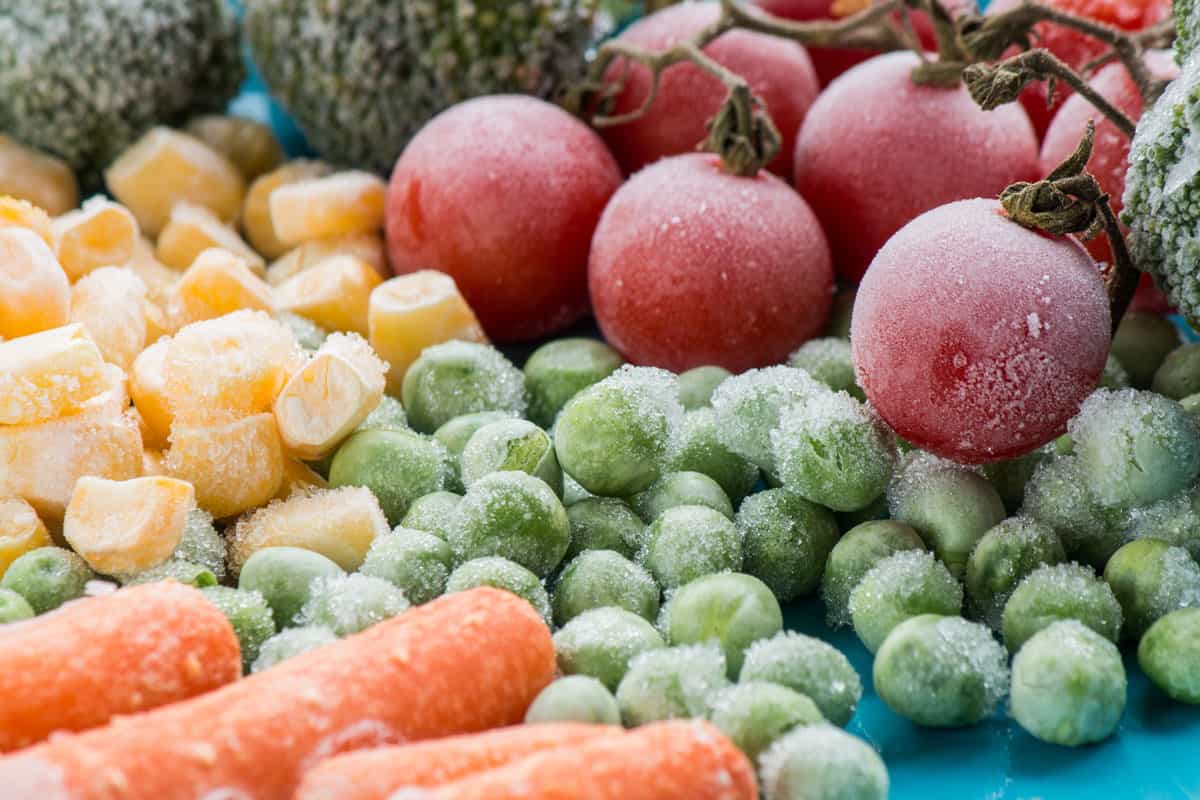
While freezing can have negative effects on the taste of some foods, it can also be used to preserve the taste of others, such as berries and herbs, which can be frozen at peak ripeness to be enjoyed later.
The effects of thawing on food texture
Thawing can cause changes in the texture of food by altering the structure of water molecules in the food.
When food is thawed, the ice crystals that formed during freezing can melt and cause the food to become watery or mushy.
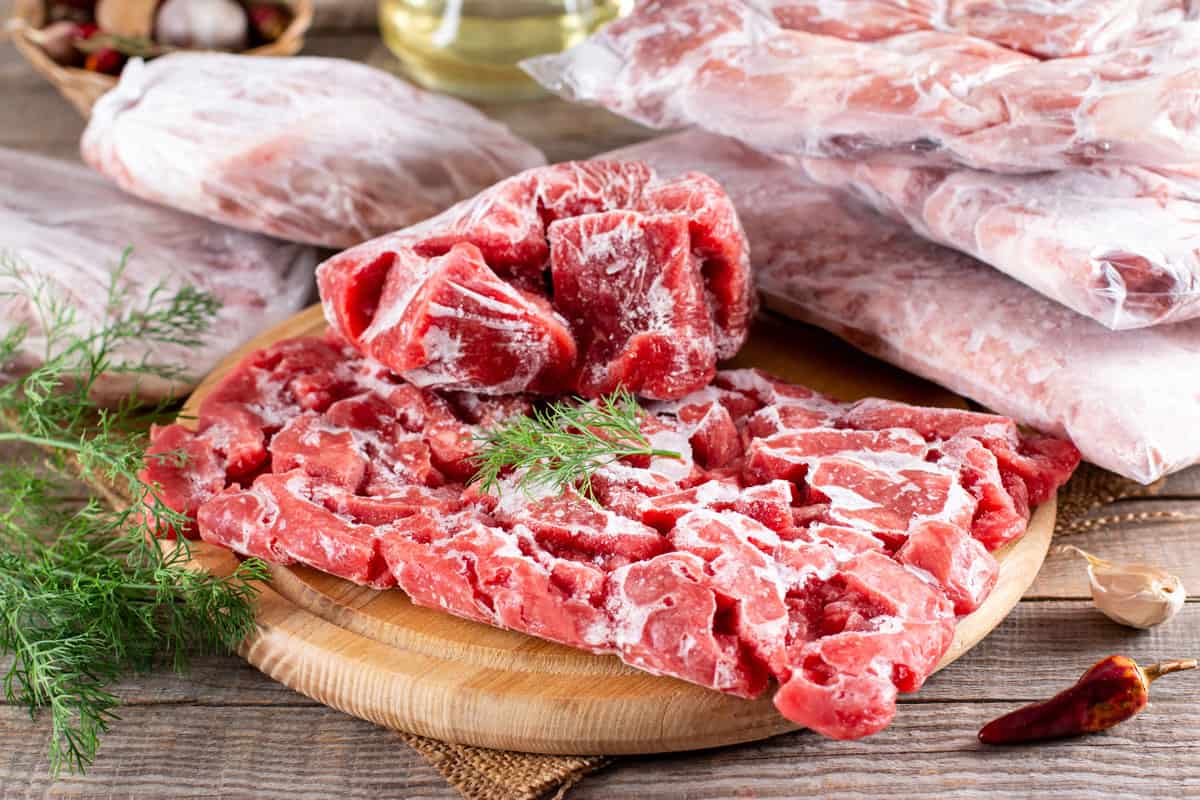
How thawing affects the structure of food
Foods that were frozen with a high water content, such as fruits and vegetables, are more susceptible to texture changes caused by thawing.
Foods that were frozen with a low water content, such as meats and bread, are less susceptible to texture changes caused by thawing.
Which foods are most susceptible to texture changes?
Foods that are most affected by thawing:
- Fruits: Berries, peaches, and bananas
- Vegetables: Lettuce, cucumbers, and celery
- Dairy products: Milk, cream, and sour cream
- Baked goods: cakes, bread, and pastries
To minimize these effects, it is important to thaw food slowly and in a controlled environment, such as in the refrigerator.

Microwaving or thawing at room temperature can cause the food to become too warm and speed up the thawing process, resulting in texture changes.
Foods that are more delicate in texture and should be thawed in the refrigerator like seafood, meat and poultry, and also thawed in the fridge to avoid bacterial growth.
The effects of thawing on food taste
Thawing can cause changes in the taste of food by altering the flavor compounds in the food.
When food is thawed, the enzymes and microorganisms in the food can continue to break down the food, altering its flavor.
How thawing affects the flavor of food
Foods that were frozen with high moisture and enzymes, such as fruits and vegetables, are more susceptible to taste changes caused by thawing.
Foods that were frozen with low moisture and enzymes, such as meats and grains, are less susceptible to taste changes caused by thawing.
Which foods are most susceptible to taste changes?
According to Peggy Carouthers, Why Frozen Foods May Actually Be Better Than Fresh | FSR magazine, June 9, 2017, "For chefs, another concern has traditionally been the quality difference the freezing and thawing process creates in the taste, texture, and appearance of foods. Because water expands when it’s frozen, cells rupture, and flavor is often lost in the process." .
Foods that are most affected by thawing in terms of taste:
- Fruits: Berries, peaches and bananas
- Vegetables: Spinach, bell peppers and onions
- Dairy products: Milk and cheese
- Baked goods: Cakes and pastries
To minimize these effects, it is important to thaw food slowly and in a controlled environment, such as in the refrigerator.
Thawing food too quickly, such as in the microwave or at room temperature, can cause the food to become too warm and speed up the thawing process, resulting in changes in taste.
Also, thawing food in a controlled environment like refrigerator can prevent bacterial growth which can affect the taste of the food.
It's also important to cook or consume thawed food as soon as possible after thawing to preserve taste and quality.
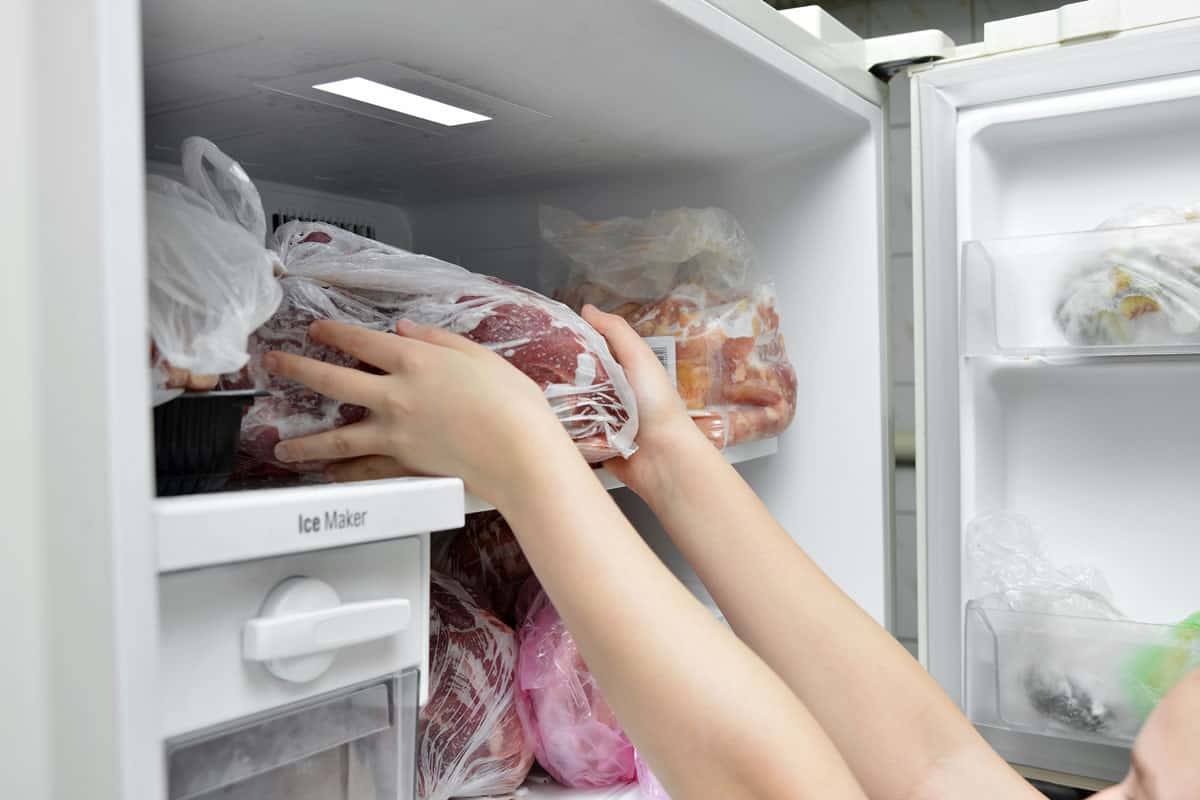
Best practices for freezing and thawing food
To minimize the effects of freezing and thawing on the texture and taste of food, it's important to follow proper freezing and thawing techniques.
Methods to minimize texture and taste changes
Here are a few best practices to keep in mind:
- Cool food before freezing: It's important to cool food before freezing it to prevent the formation of large ice crystals, which can damage the structure of the food.
- Use airtight packaging: Using vacuum sealing or airtight packaging can help protect food from freezer burn and ice crystal formation.
- Freeze food at the right temperature: Foods should be frozen at or below 0°F (-18°C) to preserve their quality.
How to properly store frozen and thawed food
Thaw food slowly and in a controlled environment: Thawing food too quickly can cause texture and taste changes. The best way is to thaw food in the refrigerator.
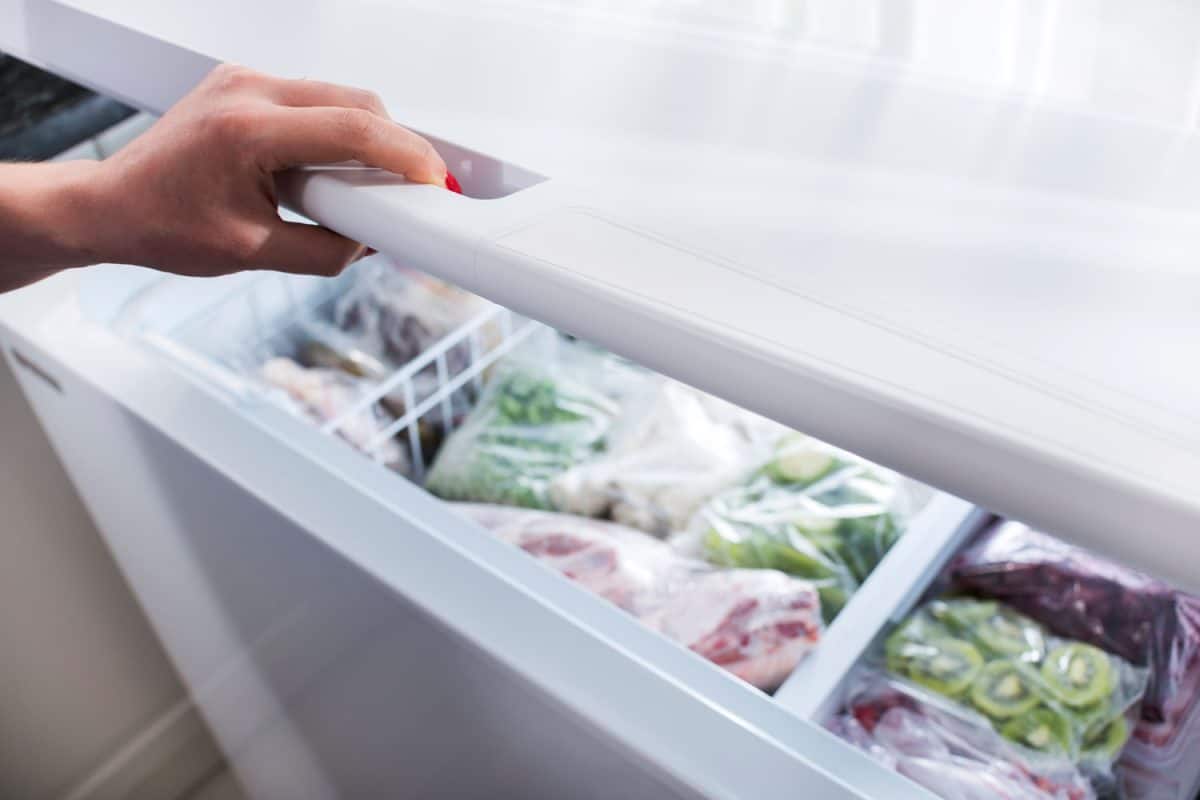
Cook or consume thawed food as soon as possible: Thawed food should be cooked or consumed as soon as possible to preserve its taste and quality.
Label and date the food: it's important to label and date the food that you're freezing so you know how long it's been in the freezer, and you can consume it before it goes bad.
Conclusion
You've learned all about freezing and thawing and how it can affect your food.
It's important to remember that freezing and thawing can cause changes in texture and taste.
But don't worry, you now know the best practices to minimize these effects.
Cooling food before freezing, using airtight packaging, freezing at the right temp, thawing slowly in the fridge and cooking or consuming thawed food ASAP.
And don't forget about labeling and dating your food, it will help you keep track of how long it's been in the freezer.
Use these tips, and you'll be able to enjoy your meals to the fullest!
Resources
https://extension.umn.edu/preserving-and-preparing/science-freezing-foods
https://www.ncbi.nlm.nih.gov/pmc/articles/PMC4930496/
https://www.healthline.com/nutrition/freezer-burn
Why Frozen Foods May Actually Be Better Than Fresh | FSR magazine


